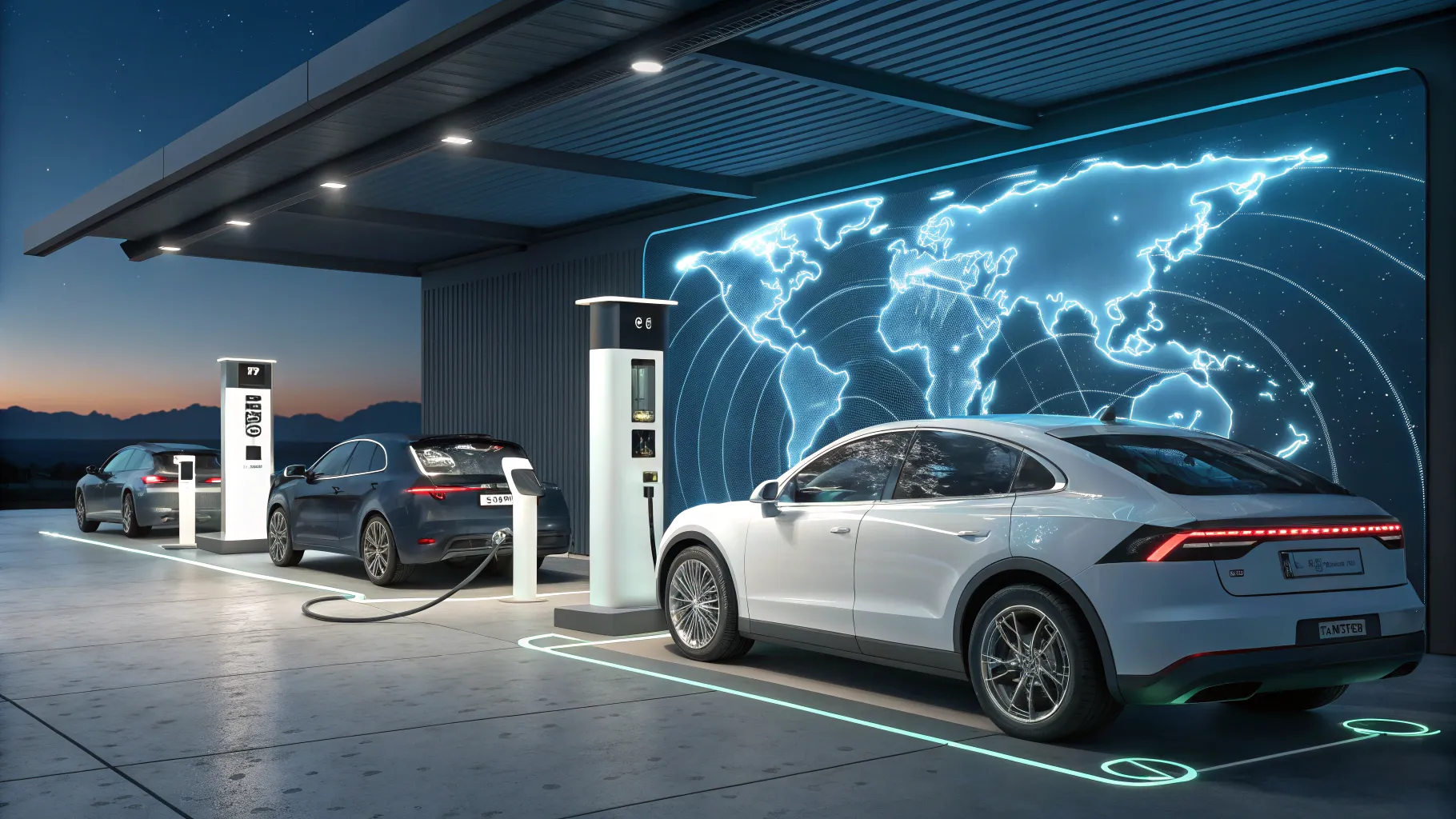
Contemporary Amperex Technology Co. Limited (CATL), the world’s largest electric vehicle battery manufacturer, has completed a massive initial public offering that analysts say will significantly accelerate the company’s international expansion plans.
The Chinese battery giant’s listing has broken records in the domestic market, drawing intense interest from both institutional and retail investors. This capital influx comes at a critical time as CATL faces increasing competition in the rapidly growing electric vehicle battery sector.
Record-Breaking Market Debut
CATL’s shares surged immediately upon listing, reflecting strong investor confidence in the company’s growth trajectory and market position. The offering raised billions of dollars, making it one of the largest initial public offerings (IPOs) in China’s technology sector in recent years.
Market analysts point to several factors driving investor enthusiasm:
- CATL’s dominant position as a supplier to major global automakers
- The company’s advanced battery technology and research capabilities
- Strong government backing for China’s electric vehicle industry
“This successful listing gives CATL the financial firepower it needs to compete globally,” said a market analyst familiar with the company. “They now have the capital to fund new factories, research facilities, and strategic partnerships worldwide.”
Global Expansion Strategy
CATL has made no secret of its international ambitions. The company already supplies batteries to major automakers including Tesla, BMW, and Volkswagen. With its newly acquired capital, CATL is expected to accelerate plans for manufacturing facilities in Europe and North America.
The company has already broken ground on a massive factory in Germany, its first production facility outside China. Industry experts believe that additional plants will follow as automakers worldwide increase their production of electric vehicles.
“CATL recognizes that being close to their customers is essential,” noted an industry consultant. “Building factories in key markets reduces shipping costs, supply chain risks, and helps them adapt products to regional requirements.
Technology Investment and Competition
A significant portion of the IPO proceeds is likely to be allocated toward research and development. CATL faces growing competition from rivals like LG Energy Solution, Samsung SDI, and emerging battery startups.
The company has been developing next-generation battery technologies, including solid-state batteries that promise increased energy density, faster charging, and enhanced safety. These advancements are crucial as electric vehicles move into the mainstream.
CATL must also navigate an increasingly complex geopolitical landscape. Rising tensions between China and Western nations have led some governments to question reliance on Chinese battery suppliers for what they consider strategic industries.
“The battery industry is becoming highly politicized. CATL needs to position itself as a global company, not just a Chinese one, to maintain access to key markets,” said a policy expert who tracks the industry.
Market Outlook
The global electric vehicle battery market is projected to grow at a compound annual rate exceeding 25% through 2030. This growth is driven by government mandates to reduce carbon emissions, falling battery costs, and increasing consumer acceptance of electric vehicles.
CATL’s successful IPO positions the company to maintain its market leadership despite these challenges. The company currently controls approximately 35% of the global electric vehicle (EV) battery market, with significant market shares in China and Europe.
As automakers commit to phasing out internal combustion engines, demand for high-performance batteries is expected to continue rising. CATL’s expanded manufacturing capacity and research capabilities, funded by its blockbuster listing, will be critical to meeting this demand.
For investors, the successful IPO represents confidence that CATL can navigate both technological changes and geopolitical challenges while maintaining its growth trajectory in a market that will be central to the future of transportation.











Howie Jones
My name is Howie and I'm a Customer Success Manager at Calendar. I like to ensure our customers get the best experience using our product. If you have questions email me howie at calendar.com